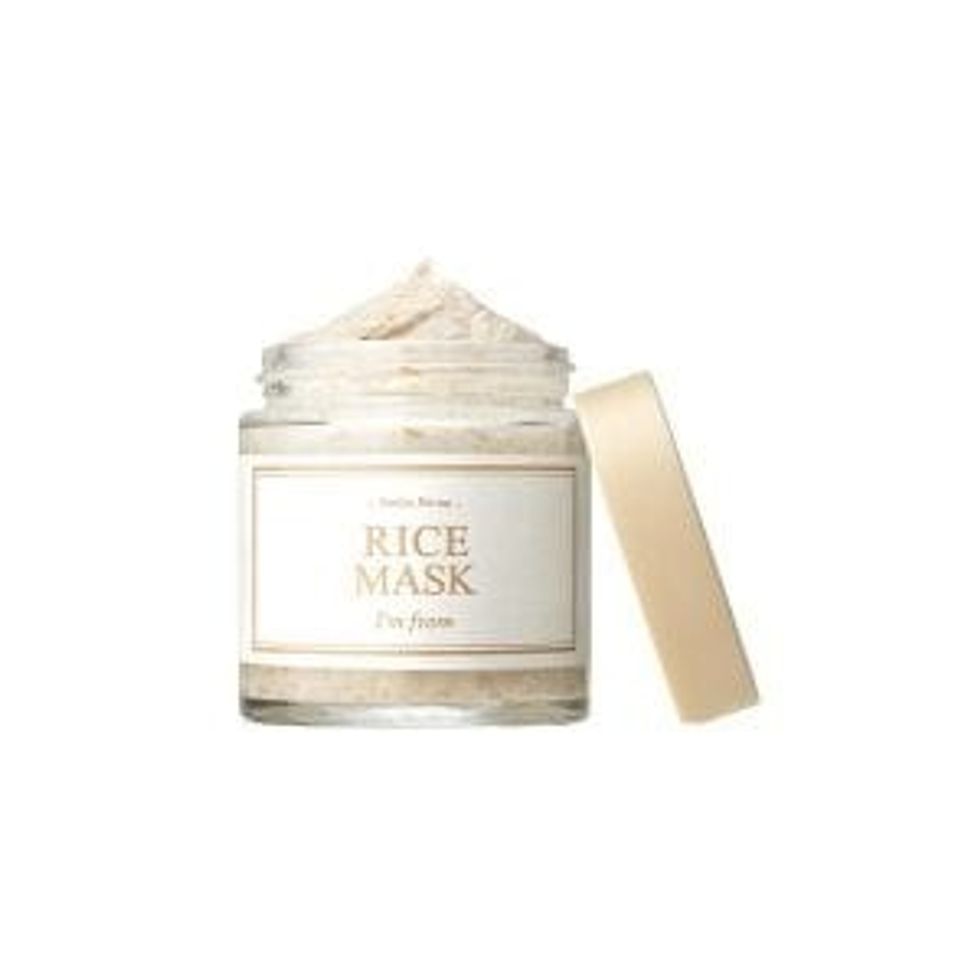AN OVERVIEW OF THE KEY SHIFTS IN MAKEUP AND HAIRCARE
by RAAKHI TANVI

EACH year brings different beauty trends and 2021 is already shaping up to be one of the most interesting of recent years, with simplicity rising up through the coronavirus ashes.
This will also be the year of comebacks with familiar favourites making a return. With many of us being forced to do more for pedicure near me ourselves at home, there will also be a shift in how we use makeup, haircare and beauty treatments.
The key advice is to always use good quality products that are tried, tested, give consistent results and last. Do your research and don’t rush purchases, using online help on Instagram and YouTube to get reviews, to ensure you’re getting the most for your money and not wasting products. Here are some of the trends, tips and products for 2021.
Indie brands: Strong support for smaller independent brands will and should continue into 2021. There are so many great smaller brands with sophisticated formulations to compete with more mainstream popular brands. Recommended brands I love and have my eye on for 2021 are Deviant Skincare, Poppy’s Natural Skincare, Apothaka, Minimalist Skincare and Shan and Co.
Bold eye looks, deep smokey and bright 80’s style eyeshadow: Smokey eye looks are a long-time favourite and though in 2020 we didn’t see much of it, they are back bigger and better than ever in 2021. Playing with all the deeper colours, navy, deep purple, brown and black, we will see some bold eye looks with nude lips making a comeback. My favourite was to create a smokey look using a kohl pencil such as the Urban Decay 24/7 Glide-On eye pencil, covering your lid and buffing out with a fluffy makeup brush. Follow that with an eyeshadow from Nars Skin Deep Eye Palette. Blending out is your best friend when creating a smokey eye look. Now for the 80’s bright eyes, we are talking vibrant colours like pinks, electric blues and greens. My favourite palette to achieve this is the Anastasia Beverley Hills Norvina Pro Pigment Palette Vol. 2. Don’t be afraid to experiment and watch YouTube tutorials.
Skin focused makeup: There will be much less attention on heavy base makeup such as full coverage foundation and a bigger focus on ‘like skin’ makeup using less dense products. You can already see dewier, glowy looks popping up in the media. I think we will see more butter like, liquid, balm makeup releases from brands. Some of my favourites already include Vision Flush Multi-Purpose Cream from Danessa Myricks Beauty stocked at Algorithum, Dew Balm from Saie stocked at Cult Beauty and Kosas Tinted Face Oil stocked at Cult Beauty too.
Bold brows: This doesn’t mean big and bushy, but more statement brows. With people having less access to salons, home brow-grooming is here to stay. Using products to enhance your natural brow shape to make it look more defined, whatever the look you are going for, is key. Personally, I use the Blink Brow Bar Clear Brow Gloss with the Ardell Stroke-a-Brow Feathering Pen, both available from Algorithum.
Natural hair: More people are now embracing their natural hair, be it curly, wavy, straight or textured. With that comes careful haircare to ensure your natural hair can be at its best. I use products that nourish and condition my hair type (wavy, long and coloured), so I can wash and leave it, to ensure it looks in good condition and well styled without using any drying tools, such as a hair dryer or curler. My favourite products to help with that are the Roots and Rituals Hair Oil, the Philip Kingsley Elasticizer before washing (I leave these in my hair for as long as possible before washing) and after washing I use Olaplex No.3 Hair Perfector.
Berry lips: We are already seeing a trend for berry-coloured lips coming through. From the more subtle mauve raspberry to bright bold strawberry reds, there is a shade of berry for any look and every skin tone. All my personal favourite berry tone lips shades come from Nars. From the Velvet Matte Lip Pencil in shade ‘Bahama’ to the Powermatte Lip Pigment in shade ‘Give It Up’, they are all so wearable and buildable to help elevate any look.
Home treatments: With lockdown not fully ending anytime soon, home treatments will continue to dominate. We can do most things indoors, like hair removal, hair colouring and gel nails, but doing them well or to a salon standard is a different matter. Try not to replicate exactly what you have done in a salon and key to remember is practice really does makes it perfect. Getting products that can bridge the gap or give you similar effects is what you should be looking for. Getting good quality face masks and tools that work for your skin is a great place to start. Algorithum has a great range of manual tools such as Gua Sha’s – there are guides on how to use these facial massage tools on YouTube and Instagram, which are great for toning and lifting the face, as well as just a really relaxing thing to do. Do your research for face masks to see which suits you. Some general all-rounder facemasks I like are the I’m From Rice Mask and the Dr. Ceuracle Jeju Matcha Clay Mask from TONIC15 and the Kiehl’s Rare Earth Deep Pore Cleansing Mask. There are so many LED mask options now too on the market, with the best I have tried, over two months, being The Light Salon Boost Mask, which according to manufacturers, “delivers clinically-proven red 633nm and near-infrared 830nm wavelengths to plump, hydrate, calm, and reset the mind, reduce the appearance of wrinkles, improve hydration and even skin one.” This gives a real in-salon feeling and the results I am seeing are amazing (check out my Instagram to see more). There are so many at home treatments and plenty of options available in 2021. Remember to do your research and know your skin type before purchases. Have a renewed and beautiful 2021.
Visit Instagram: @Raakhi.Tanvi




















